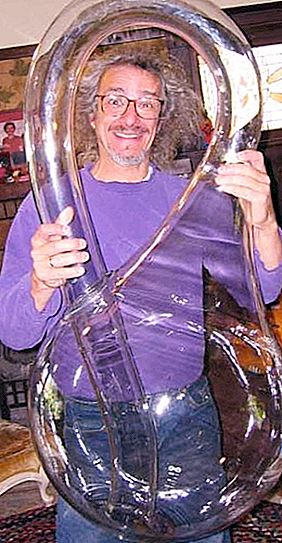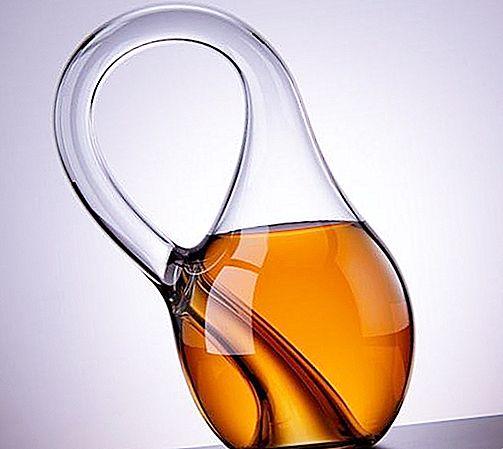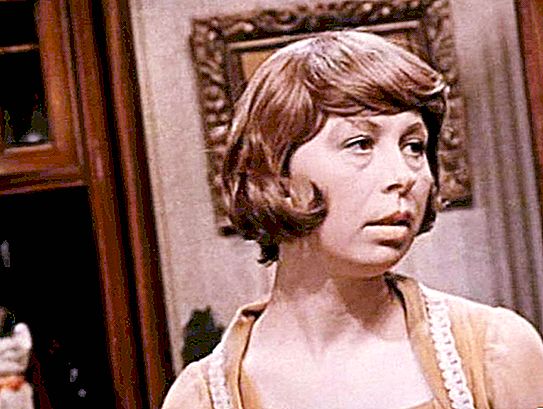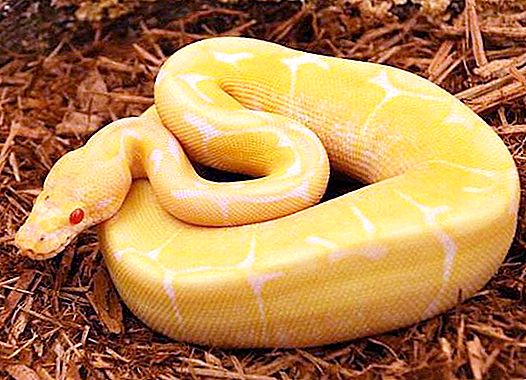The geometric object, later called the “Klein bottle”, was first described in 1882 by the German mathematician Felix Klein. What is he like? This object (or rather, a geometric or topological surface) simply cannot exist in our three-dimensional world. All models that are for sale in gift shops have a look that only gives a distant idea of what a bottle of Klein is.

For clarity, it is described as follows: imagine a bottle with a very long neck. Then mentally make two holes in it: one in the wall, and the second in the bottom. Then bend the neck, insert it into the hole in the wall and out through the hole in the bottom. The resulting object will be the projection of the object of four-dimensional space, which is the real Klein bottle, in our three-dimensional space.
A description of a Klein bottle in the language of mathematical terms or formulas will not tell a layman anything. How many would be satisfied with such a definition: a Klein bottle is a non-orientable manifold (or surface) with a number of properties. After the word “properties”, you can build a long series consisting of trigonometric functions, numbers, and Greek and Latin letters. But this can only confuse an unprepared person who has already received an idea of what a projection of a bottle in three-dimensional space is.

An interesting fact: the name "Klein bottle" this object received, most likely due to an error or a typo of the translator. The fact is that Klein in his definition used the word Fläche, that is, “surface” in German. When “traveling” from Germany to other countries, this word was transformed into a similar spelling Flasche (bottle). Then the term returned to the country of origin in a new, changed form, and it remained so forever.
For many cultural figures (primarily science fiction writers), the term “Klein bottle” itself turned out to be attractive. Its use as an attribute, and sometimes the main protagonist, has become a sign of "intellectual" fiction. Such, for example, is the story "The Last Illusionist, " written by Bruce Eliot. In the story, the assistant magician deals with his cartridge, which did tricks with a four-dimensional Klein bottle. The illusionist who has got into the bottle remains half immersed in it. According to the author, this bottle cannot be broken without damaging the contents. Is this really so - no one can say. At least, mathematicians who could possibly answer this question were not puzzled by them, for science this is irrelevant.

Occasionally, wine is poured into specially made Klein bottles for advertising purposes. True, it is technically difficult to make such a bottle of glass; this requires an extra-class glass blower. Therefore, it has a rather high cost and is rarely used. But testing the technology and setting up the production of such bottles on stream does not make sense, because for this it will be necessary to work out the methodology for filling the bottle with liquid (there are some difficulties too). And the feeling of unusualness and novelty will be quickly replaced by inconvenience when spilling wine from such a bottle into wine glasses.




